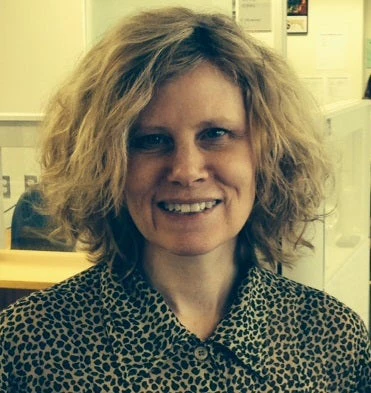Four years ago the World Bank Group opened its data to the public hoping innovators would find new ways to use the data. At the same time, a growing number of governments were also opening up their data – to be more accountable, and to spur economic activity around the data. Today, the open data entrepreneur has emerged. About 500 companies that use open data in their business have sprung up in the United States alone, and similar businesses are cropping up all over the world, even in countries with limited data — let alone open data.
So far, this open data-fueled sector is still small, but it promises to take the delivery of useful information to a new level as it grows. In the United States, businesses are using utilities data to promote energy efficiency, education data to help find the best schools, and health data to allow people to check symptoms and make doctor appointments, to name a few examples. A 2013 study by McKinsey & Co. estimates open data could help generate more than $3 trillion a year in additional value for the global economy.
But can open data entrepreneurs help tackle global challenges and make a difference in developing countries, including in the poorest and most fragile countries? A recent World Bank event explored that question, bringing in one of the private sector pioneers in the use of open data, The Climate Corporation, along with Metabiota, a for-profit firm tracking emerging diseases in developing countries, and Joel Gurin, author of Open Data Now and the lead on a New York University-based project, Open Data 500.
The short answer is yes, they can and they already are, but they face some roadblocks.
The Climate Corp., for example, would face challenges in developing countries. The company’s insurance is designed to help farmers adapt to the effects of climate change and is based on hyper-local, field-specific weather, crop yield and soil data, as well as satellite and financial markets data. Could its sophisticated products be offered in developing countries? Product Manager Ines Kapphan says the question boils down to, “Do these countries have weather measurements available? Often what we see is there is not a central agency where you can go for weather information.” She adds it would be a huge undertaking for the private sector to provide the same level of service in a country that lacks a weather station infrastructure and an agency that maintains the data – it “would take large investments to make it happen.”
Metabiota already works in developing countries and collects data on animal and human health. The U.S.-government contractor has 200,000 specimens from 20 countries in its database. But its efforts to track emerging diseases and prevent pandemics could be more efficient if animal and human data were in one place and in compatible formats, says Product Manager Ash Casselman. “Improved, consolidated real-time data are our strongest chance of being able to address these kinds of issues early on,” she says. What could help: investments in systems that make health data easier to access and use; better integrating human and animal health data so that data is more reliable and accessible; and opening access to research to speed progress on health issues.
While the number of entrepreneurs using open data is growing in the United States, the United Kingdom and Europe, it’s probably a different story in developing countries, where much less data is available, says Gurin. The Open Data 500 project will soon release a study of companies using open government data in the United States and expects to replicate the project in other countries. “It takes time, money and effort to collect data, and in developing countries that have other priorities a lot of the time it just doesn’t exist yet in the form you want it in,” he says.
One solution may be for governments to prioritize which data to open first, based on discussions with government agencies, the private sector, and others. That would help ensure the data is robust and usable by those who need it. Another avenue is to take advantage of the fact cell phones are ubiquitous and create data through crowdsourcing. That entails developing applications that can be used on regular cell phones to “get data to people they can use,” says Gurin.
To some extent, this is already happening. Among the examples: the mobile-messaging platform Farmerline in Ghana, which uses voice and SMS to collect data, share new farming techniques and weather forecasts with farmers, and Ushahidi, a non-profit tech company specializing in open source software that has been used, for instance, to track relief efforts in Haiti and Japan. In Nigeria, Tsaboin's Traffic Talk platform crowdsources motorist traffic reports based on traffic conditions surrounding bus stops in Lagos.
These kinds of solutions could help tackle difficult problems in developing countries. Perhaps they would have reduced the severity of Malawi’s famine more than a dozen years ago, said Neil Fantom, manager of the World Bank’s Open Data Initiative, who witnessed the famine first-hand. Collection of data on crop production was weak, and so when crops began to fail the problem couldn’t be clearly understood by those making decisions about food imports and reserves, he says. The result was a shortage of food, high prices, and starvation. Today, “companies are using data in ways we could learn from for development,” says Fantom.
“We are seeing people use data in complex and sophisticated ways to solve tangible economic and social challenges,” adds Prasanna Lal Das, who leads the World Bank Open Finance Data program. Das recently published a few ideas about how the World Bank Group might be able to support open data-driven private sector firms in developing countries. “The truly transformative work will come when we can start doing work like this in developing countries.”



Join the Conversation